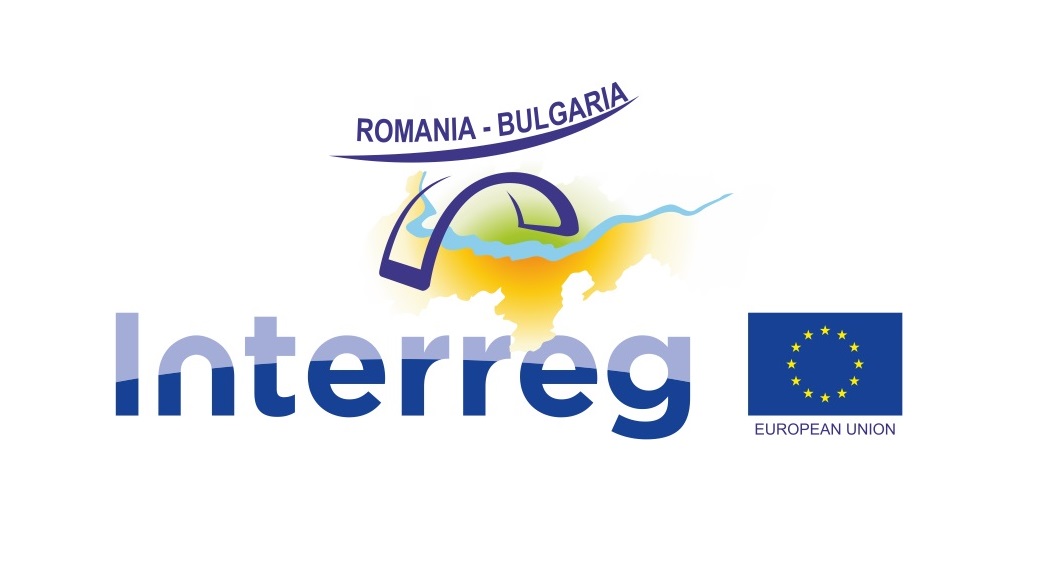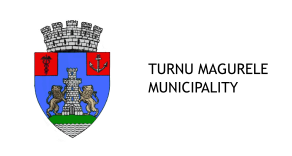Integrated tourist product: “Thracian culture and religion (one-day program)”
Venue of the program: Ports of Time Archaeological Park Museum, Bronze Age building, Nikopol city.
What age groups is the program for? The program is suitable for all age groups, including preschool and elementary school children.
Program focus: The purpose of the “Thracian Culture and Religion” program is to present visually, accessible and interactive historical information about the way of life, habits and livelihood of the ancient Thracians.
Topics Included:
1) General information about the Bronze Age and the life of the Thracians;
2) Life and livelihood of the local population from the Bronze Age and a close-up representation of a building similar to those inhabited by the ancient Thracians;
3) Thracian culture and religion;
4) Demonstration of typical tools of labor from the Bronze Age;
5) Workshop for making/decorating tools of labor related to the cultural and religious life of the ancient Thracians with the possibility of including each of the participants in the program.
Interesting information about the Bronze Age and the life of the ancient Thracians:
The next great prehistoric age – the bronze age – began at the end of the 4th millennium BC. after a long transitional period and lasted for about two millennia. During this era, stone weapons and blades were finally replaced by metal ones made from bronze, an alloy of copper and tin, characterized by a relatively low melting point (which facilitated casting) and considerable hardness. The economy remained relatively primitive, based on traditional agriculture and animal husbandry. Among the important cultural innovations was the breeding of horses.
During the Bronze Age, the Balkan Peninsula was repeatedly affected by new population migrations. As a result of the mixing of the immigrants with the established population, the ancient Balkan nationalities gradually formed – the Thracians in the eastern part of the Balkan Peninsula, the Illyrians in the west and the ancient Greeks (or Hellenes) in the south. They spoke different but related languages that belong to the same language group – Indo-European.
The history of the Bulgarian lands in the 1st millennium BC. is connected with the flowering of the Thracian people, formed during the Bronze Age. The territory of ancient Thrace encompassed the lands between the Carpathian Mountains (in present-day Romania) in the north and the Aegean (White) Sea in the south. In ancient times, the Thracians were considered one of the most populous peoples in the world. They were famous as brave fighters. Their country was famous for its fertility and its countless herds. The Thracians also bred many horses. They liked to drink wine, celebrate and be merry, dressed in colorful clothes, wore a lot of jewelry and even tattooed their skin. In ancient times, Thrace was considered the homeland of Dionysus, the god of wine and merriment. Ancient legends have preserved the memory of the Thracians’ love for music, personified in the image of the mythical singer and musician Orpheus.
Among the natural landmarks in Thrace best known to the ancient tradition are the great mountains Hemus (Stara planina) and Rhodope. The lower course of the great river Istros (Danube) passes through northern Thrace, of the numerous tributaries of the Istros in the Thracian lands, Oskios (Iskar) was the most famous. The mountains of Southern Thrace are cut by the fertile valleys of the rivers Strymon (Struma), Nestos (Mesta), Hebros (Maritsa) and Tonzos (Tundzha). One of the most impressive gold treasures found in the Bulgarian lands dates back to the Late Bronze Age – Valchitransko. It was discovered by accident in 1924 near the village of the same name in Plevensko. It consists of 13 gold objects with a total weight of more than 12 kilograms and dates between the 16th and 12th centuries BC. The magnificent craftsmanship and enormous value of this early Thracian hoard speak to the considerable concentration of power and wealth in the hands of its unknown owner.





Comments 0